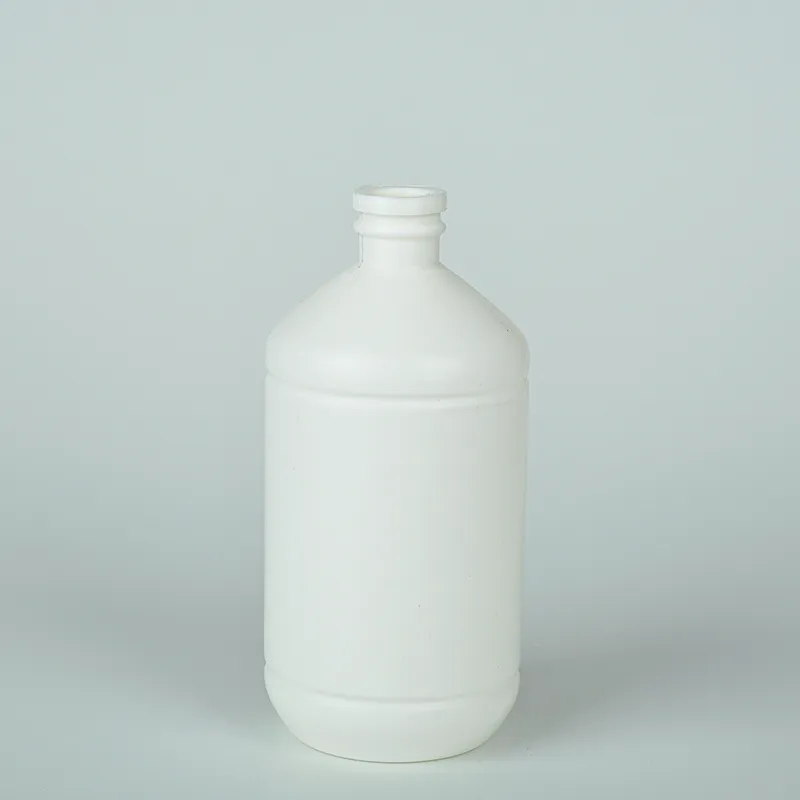hdpe juice bottle
The Role of HDPE Juice Bottles in Sustainable Packaging
In recent years, the beverage industry has seen a substantial rise in the demand for environmentally friendly packaging. Among various materials used for bottling drinks, High-Density Polyethylene (HDPE) has emerged as a frontrunner, particularly for juice packaging. This article explores the significance of HDPE juice bottles, their advantages, and their impact on sustainability in the beverage industry.
Understanding HDPE
HDPE is a type of thermoplastic that is known for its large strength-to-density ratio. This material is commonly used in various applications, from milk jugs to household containers, and importantly, juice bottles. HDPE is favored for its durability, resistance to impact, and ability to withstand temperature variations. Unlike some other plastics, HDPE is lightweight yet strong enough to protect the freshness and quality of the juice inside.
Advantages of HDPE Juice Bottles
1. Safety and Non-toxicity One of the primary concerns associated with food and beverage packaging is safety. HDPE is FDA-approved for food contact, which means that it is deemed safe for packaging consumables. It does not leach harmful chemicals into the juice, ensuring that consumers receive a product free from contaminants.
2. Recyclability A significant advantage of HDPE is its recyclability. According to the Environmental Protection Agency (EPA), HDPE is one of the most commonly recycled plastics. The recycling process not only reduces landfill waste but also conserves resources, making it an eco-friendly choice. It can be recycled into new bottles, containers, and even products such as piping and plastic lumber.
3. Lightweight and Cost-effective HDPE juice bottles are lighter than their glass counterparts, which reduces transportation costs and carbon emissions associated with shipping. Additionally, the production process for HDPE is less energy-intensive, making it a more economical choice for manufacturers. This cost-effectiveness is attractive to juice companies, particularly those looking to maximize profit margins while adhering to sustainability goals.
4. Barrier Properties HDPE offers excellent barrier properties against moisture, air, and UV light. This is crucial for preserving the flavor, freshness, and nutritional value of juice. The ability of HDPE to protect juice from external elements ensures a longer shelf life, which reduces food waste—an important consideration in enhancing environmental sustainability.
hdpe juice bottle

The Sustainability Perspective
The beverage industry is at a crossroads where sustainability practices are increasingly demanded by consumers. Many juice companies are now opting for HDPE bottles as part of their commitment to environmental responsibility. By choosing HDPE for their packaging needs, these companies can appeal to eco-conscious consumers who prioritize sustainability in their purchasing decisions.
Moreover, various initiatives are being established to improve the recyclability of HDPE bottles. These include standardized recycling programs and collaborations with consumers to ensure proper disposal methods. The implementation of a circular economy approach, where materials are reused and recycled, is essential in reducing the overall environmental impact of packaging.
Challenges and Future Directions
Despite the advantages of HDPE, there are challenges that need to be addressed to improve its overall sustainability profile. For instance, the low market value of recycled HDPE often means that not all post-consumer HDPE bottles are recycled. Educating consumers about proper recycling practices and enhancing collection infrastructure can significantly impact HDPE recycling rates.
Additionally, innovations in biodegradable and compostable materials present opportunities for the future of juice packaging. While HDPE is already a good choice for sustainable packaging, exploring alternative materials could further reduce the environmental footprint of juice packaging.
Conclusion
In conclusion, HDPE juice bottles play a vital role in promoting sustainability within the beverage industry. Their safety, recyclability, and ability to preserve the quality of juice make them a preferred choice for many manufacturers. As the industry moves towards environmentally responsible practices, HDPE stands out as a reliable and sustainable packaging solution. While challenges remain, the commitment from both companies and consumers to prioritize eco-friendly choices will undoubtedly drive progress in sustainable packaging innovations. Embracing this shift not only benefits businesses but also contributes positively to the environment, creating a win-win situation for all.
-
Aesthetic Makeup Spray Bottles | Fine Mist Empty RefillableNewsAug.19,2025
-
White Plastic Veterinary Vaccine Vials | Lab Liquid BottlesNewsAug.18,2025
-
Plastic Medicine Liquid Bottle: Secure Flip Top Drug VialsNewsAug.17,2025
-
Durable 250ml Blue Plastic Vaccine Vial for Lab & Vet UseNewsAug.16,2025
-
Sterile Virus Sample Tubes: Secure & Reliable Specimen CollectionNewsAug.15,2025
-
White 250ml Plastic Vaccine Vial for Lab & Vet MedicineNewsAug.14,2025
























